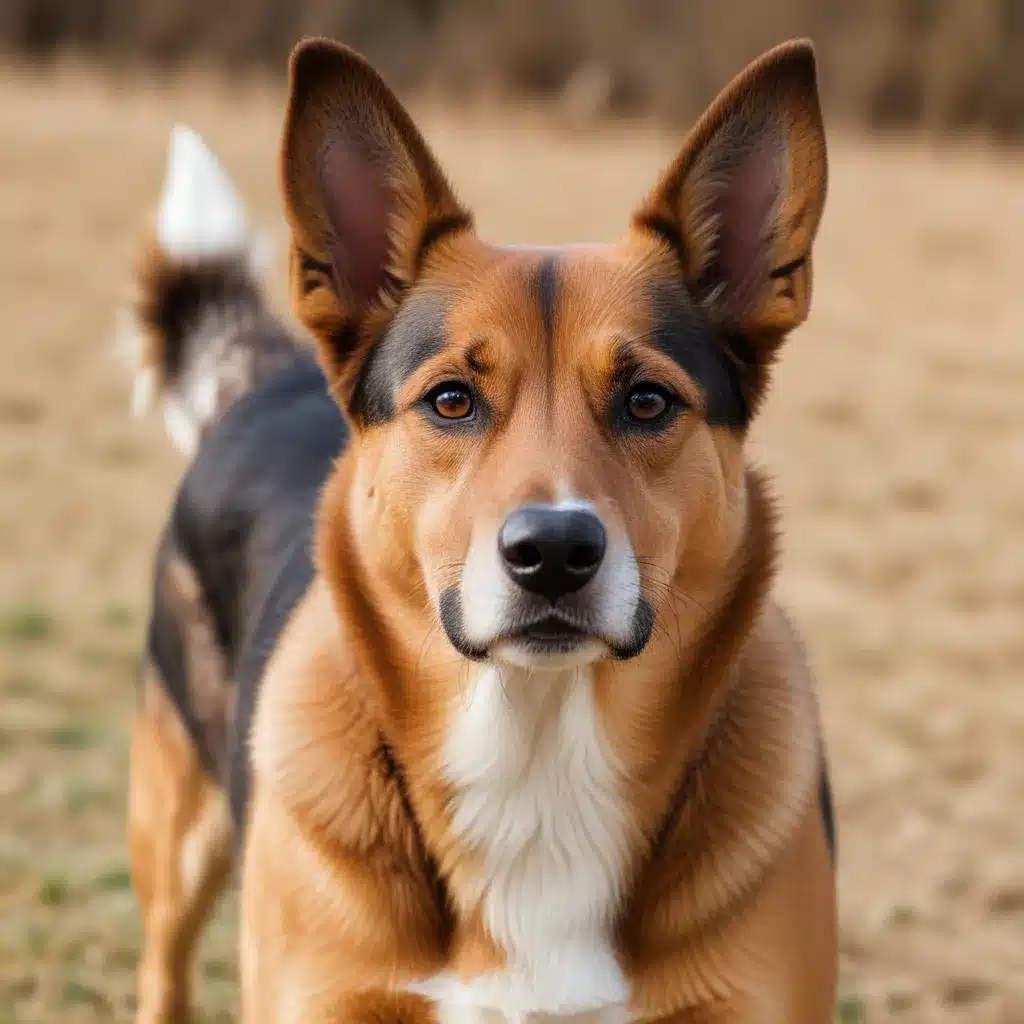
Discovering the Secret Language of Our Canine Companions
As a dog parent, I’ve always been fascinated by the way my furry friends communicate. It’s like they have their own secret language, full of tail wags, ear positions, and other body language cues that can tell me volumes about how they’re feeling. But let’s be honest, sometimes deciphering all those canine signals can feel like trying to learn a new language – one where the grammar rules keep changing on you!
That’s why I’ve made it my mission to become a dog body language expert. I want to be able to truly understand what my pups are trying to tell me, whether it’s “I’m super excited to see you!” or “Back off, this is my territory!” And let me tell you, once you start paying attention to all the subtle (and not-so-subtle) ways dogs communicate, it’s like a whole new world opens up.
So, let’s dive in and explore the fascinating world of dog body language together, shall we? By the end of this article, I guarantee you’ll be reading your canine companions like an open book.
The Many Meanings of a Wagging Tail
One of the most well-known (and often misunderstood) dog body language signals is the trusty tail wag. We’ve all heard the common misconception that a wagging tail automatically means a happy, friendly dog. But as it turns out, that’s not always the case.
According to the American Kennel Club, the speed and direction of the wag can actually tell you a lot about your dog’s emotional state. A slow, relaxed wag from side to side often indicates a calm, content pup. But a quick, stiff wag with the tail held high? That could mean your dog is feeling anxious or even a little aggressive.
And get this – research has shown that dogs tend to wag more to the right when they’re feeling positive, and more to the left when they’re facing something negative. So next time your dog’s tail is going a mile a minute, take a closer look at the direction of that wag to get a better sense of how they’re really feeling.
Decoding Doggy Facial Expressions
If you thought tail wagging was complex, just wait until you dive into the world of canine facial expressions. As it turns out, our furry friends have a whole repertoire of looks that can clue us in to their inner emotional states.
One of the most confusing (and frankly, concerning-looking) expressions is the “smile.” According to Outward Hound, this is actually a “submissive grin” that indicates a happy, relaxed dog who’s just trying to say “hello, I come in peace!” But if you’re not familiar with it, that bared-teeth look can definitely look a little intimidating.
On the flip side, a hard, intense stare with unblinking eyes is a sign that your dog is feeling threatened or aggressive. And those quick lip licks? That’s a dog’s way of trying to self-soothe when they’re feeling anxious or stressed.
It’s all about learning to read the subtle nuances in your dog’s facial expressions. Once you get the hang of it, you’ll be able to spot those “whale eyes” (when the whites of the eyes are showing) or the difference between a playful, relaxed pant and an anxious, stressed pant. It’s like having a secret canine translator in your back pocket!
The Whole-Body Story
of course, dog body language isn’t just about the face and the tail. Your pup’s entire body can give you clues about how they’re feeling. As this video from Zak George’s Dog Training Revolution explains, things like weight distribution, ear position, and even the fur along their back can all be telling.
For example, a dog who’s feeling scared or stressed might try to make themselves look smaller by cowering down low to the ground. On the flip side, an assertive or aggressive dog might shift their weight forward, trying to appear bigger and more intimidating. And those raised hackles (the fur along the back)? That’s a sign of high arousal, whether it’s from excitement or anxiety.
It’s all about looking at the whole picture. A wagging tail might mean your dog is happy, but if the rest of their body is tense and rigid, that could indicate they’re actually feeling pretty anxious. Putting all those signals together is the key to really understanding what your canine companion is trying to tell you.
Putting It All Together
Whew, that’s a lot of information to take in, I know. But trust me, the more you start to pay attention to your dog’s body language, the more intuitive it will become. It’s kind of like learning a new language – at first, it feels clunky and confusing, but before long, you’ll be fluently conversing with your pup.
And the payoff is so worth it. When you can truly understand what your dog is telling you, it opens up a whole new level of communication and connection. Suddenly, those seemingly random tail wags or weird facial expressions start to make sense. You can anticipate their needs, avoid potential conflicts, and build an even stronger bond.
So, the next time you’re hanging out with your canine companion, take a moment to really observe their body language. Watch the direction of that tail wag, check out the expression in their eyes, and see how their whole body is carrying itself. With a little practice, you’ll be reading them like a book – and your dog will thank you for it.
And who knows, maybe one day you’ll be so fluent in dog body language that you can start teaching your human friends a thing or two. After all, we could all use a little more insight into the secret language of our four-legged friends, don’t you think?
Happy decoding, fellow dog lovers! And remember, if you ever need a refresher, you can always head to ihavedogs.com for more tips and resources on understanding your canine companion.

